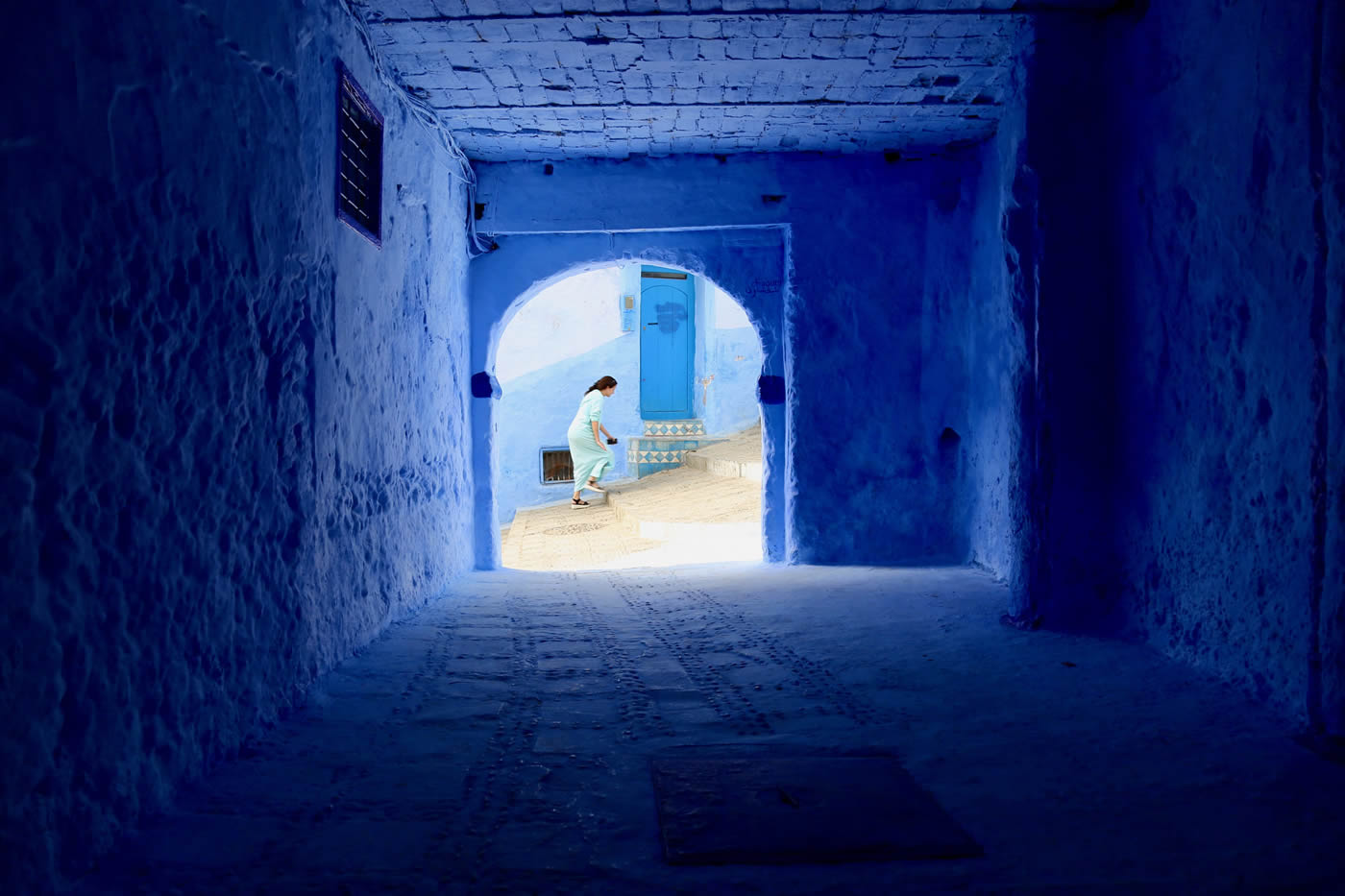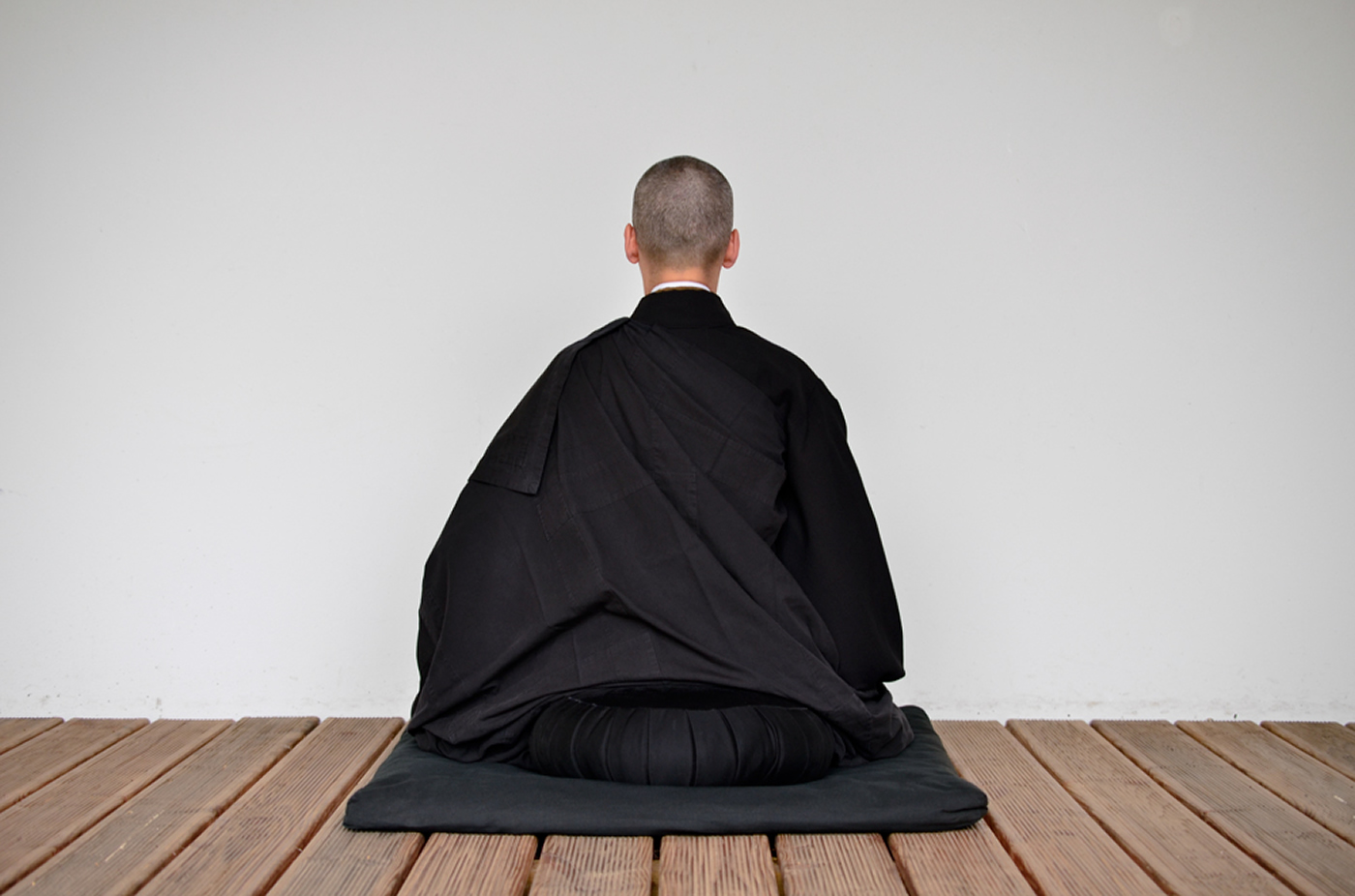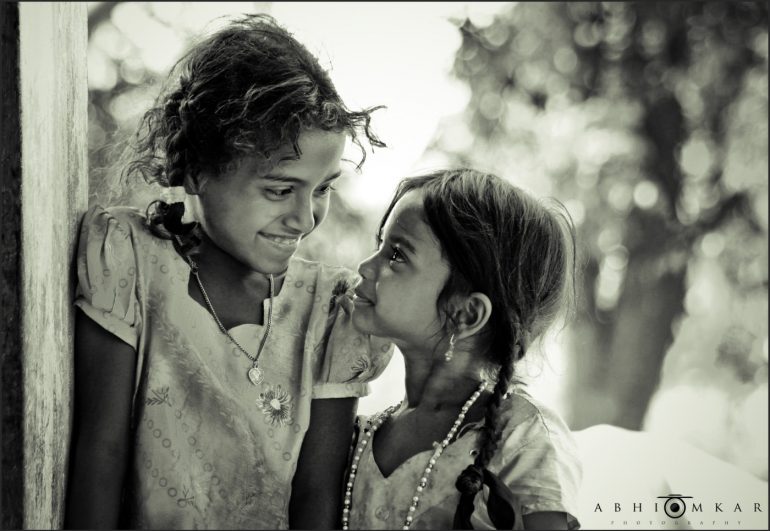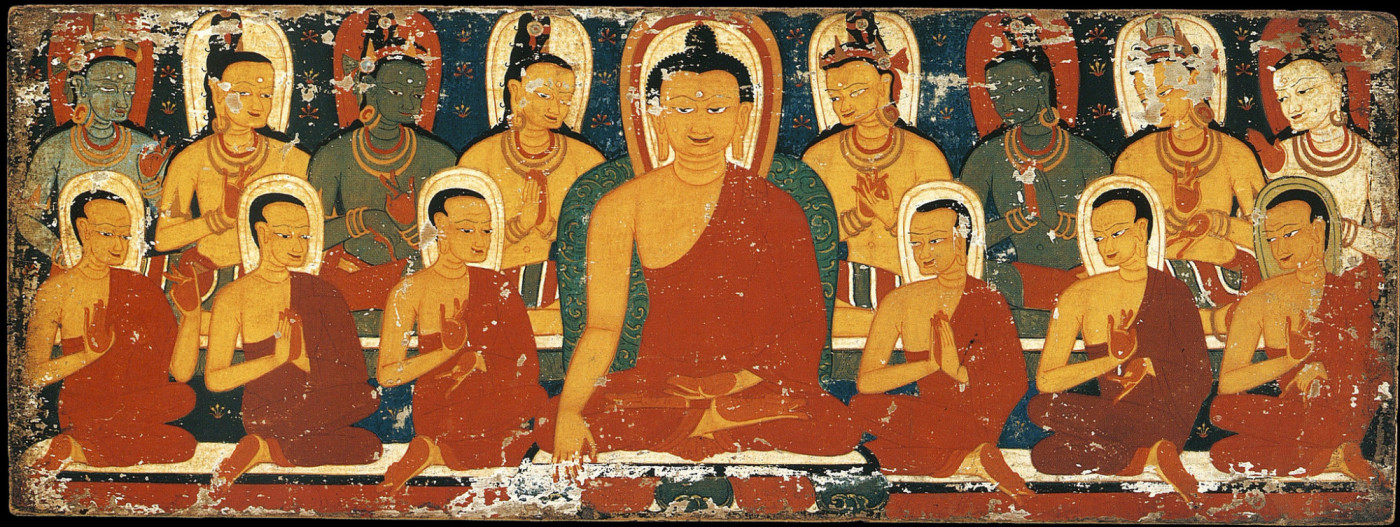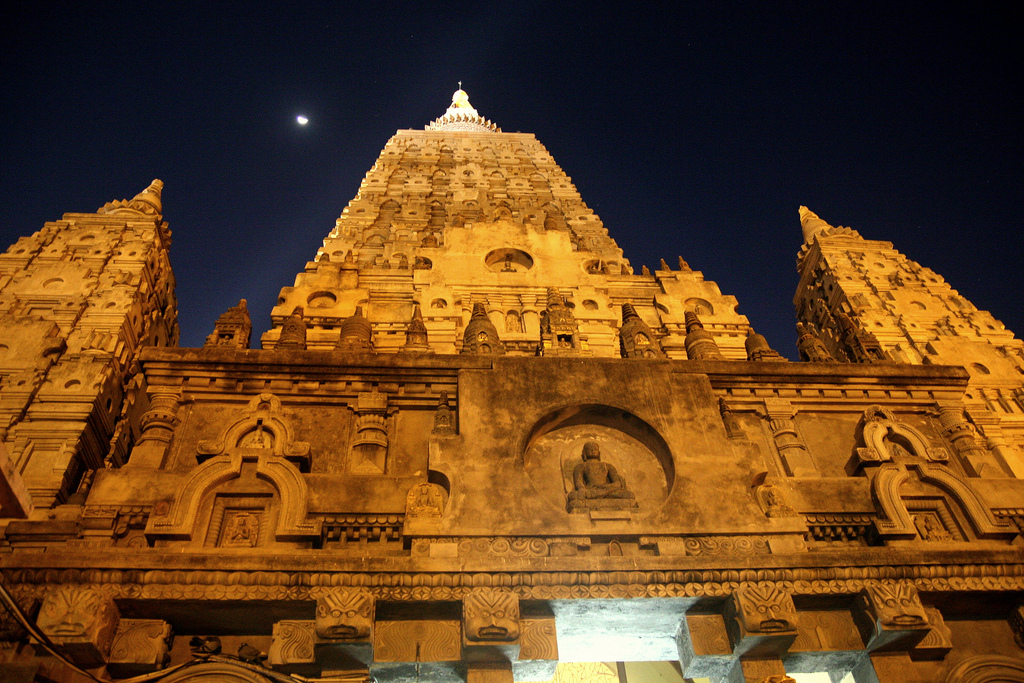This second course of the ACI In-Depth Course Series presents the entire chapter on “the art of not getting angry,” or the chapter on patience (Chapter Six) from The Guide to the Bodhisattva’s Way of Life (Bodhisattvacaryvatra, Byang-chug sems-dpa’i spyod-pa la ‘jug-pa, digital text number TD3871 from the Asian Classics Input Project), by Master Shantideva (c. 700 AD). This course is meant to give much more detail on this subject than the related original ACI course, Guide to the Bodhisattva’s Way of Life, Part Two (ACI Course XI), which covered somewhat less than half of this important chapter.
The reading material for this course consists of the 134 verses of Master Shantideva’s root text, and includes both the original Sanskrit and the Tibetan translation of these verses. Following a pattern of the ACI courses as we go deeper now with the in-depth courses, we will be taking a closer look at the original Sanskrit versions of the root texts. Our goal will be to glean more of the original feel of the Buddhism taught in the land of its birth, India, in a language—Sanskrit— which is directly related to modern languages like English that many of us speak. And so we will be taking a special interest in places where checking the original Sanskrit wording gives us insights that we may miss out on if we utilize only the Tibetan translation.
For our basic English translation and interpretation of each verse, we will continue to rely heavily upon the extraordinary commentary written by Gyaltsab Je Darma Rinchen (1364-1432), the eminent disciple of Je Tsongkapa who became the first holder of his throne after the Teacher passed on. This commentary is called Entry Point for Children of the Victorious Buddhas (rGyal-sras ‘jug-ngogs, ACIP digital text S5436).
With this course though we will also be using perhaps the most important commentary from ancient India upon Master Shantideva’s work. This is The Commentary to Difficult Points in the “Guide to the Bodhisattva’s Way of Life” (Bodhicaryvatra Pañjik, Byang-chub kyi spyod-pa la ‘jug-pa’i dka’ ‘grel, ACIP digital text TD3872), composed by the Indian pandit Prajnakara Mati (Prajñkaramati, or Shes-rab ‘byung-gnas blo-gros in Tibetan). The literal meaning of this author’s name is “The Intelligent One, the Source of Wisdom.”
His explanation of our root text was of course written in Sanskrit; it was translated into Tibetan about a thousand years ago, and is found in the Tengyur collection of ancient commentaries to the word of Lord Buddha. It seems to have been one of the primary sources used by Gyaltsab Je for his own commentary. Because it was composed in part as a “word commentary,” in the original Sanskrit, it sheds substantial new light on the meaning of Master Shantideva’s text; for example, in its explanation of how—in the very first verse of the chapter—the Sanskrit words for “anger” and “destroy” have the same structure.
As with so many of the ancient Indian writers, our information about Prajnakara Mati’s life is scarce. Aside from his explanation of Master Shantideva’s classic, he also composed a brief explanation of The Ornament of Realizations of Lord Maitreya—a text on the perfection of wisdom which forms the basis for several ACI courses. This work is also found in the Tengyur, and was translated by Ngok Londen Sherab, who was one of the teachers of Geshe Drolungpa, the author of The Great Book on the Steps of the Teachings (bsTan-rim chen-mo: the Tenrim Chenmo).
At least one catalog to the Tengyur also contains a reference to a commentary by Prajnakara Mati on The Letter to a Student, composed by the early Indian master Chandragomin. This teacher’s works also include an explanation of the bodhisattva vows that was used for the ACI course on the subject. The catalog goes on to make a special note here that Prajnakara Mati wrote his commentary “out of a desire to benefit his own students.”
We do read in numerous sources that Prajnakara Mati was one of the six gatekeepers of the famous Indian Buddhist monastery of Vikramalashila, and that he shared this duty with none other than the illustrious Naropa. Naropa is said to have watched the northern gate, and Prajnakara Mati the southern (although some sources also call him the Keeper of the Western Gate). We know that Mater Naropa lived right around 1000 AD, so this helps dates Prajnakara Mati as well.
The position of gatekeeper was a vital one for the monastery, since the keeper’s main job was to intercept visiting masters of non-Buddhist traditions and, if necessary, engage in philosophical debate with them. The stakes were high, since the person who lost the debate—along with all everyone else living in his monastery or ashram—was required by custom to then give up his lineage and join that of the victor. We can imagine thus that Masters Naropa and Prajnakara Mati were the best the monastery had to offer, and that they doubtless spent much time together, covering the same material. Certainly the teachings of the glorious Naropa and those of Master Shantideva complement each other perfectly.
One tradition, finally, states that Master Prajnakara Mati reached a level where he could converse directly with Manjushri. This proved very useful in his frequent debates with scholars from other traditions, and in one case it is said that he was slipped some answers he needed simply by making a request to a painting of this angel.
Master Shantideva himself was one of the most famous (or infamous) members of Vikramalashila’s sister monastery, Nalanda. Before stepping into this in-depth course on his instructions for battling anger, you might want to re-read his traditional biography, found in the opening pages of ACI Course XI: Guide to the Bodhsattva’s Way of Life, Part One. Doubtless, the Master applied many of the methods of patience you will learn here to his own brothers at Nalanda.
This course was taught by Geshe Michael Roach in New York, NY in the winter of 2004. All audio and reading materials are located below.
Please note! Master Shantideva’s text, which is included in full in this reading, sounds easy to understand—but it’s not. We strongly encourage you to read these verses in conjunction with listening to the audio explanation, or even better attend a course (such as those sponsored by ACI) where the verses are explained by a qualified teacher.
Download All
Download all audio and course materials (.zip)
Course Materials
Please note: we combined all the course materials into a single PDF file, and to make it even more convenient for you we also bookmarked each section (readings, homework, answer keys, etc.). Please make sure to select that option in your PDF viewer. Should be listed as “bookmarks” or “table of contents”.
Audio
- The Wisdom of Arya Nagarjuna Course 6: Medicine Buddha & Nagarjuna’s Wisdom (2024, Arizona) - March 31, 2025
- Дар освобождения 42: Сила Мечты: Воплощаем Великие Идеи В Жизнь (2023, Kyoto) - March 29, 2025
- Món Quà của Sự Giải Thoát 42: Năng Lực Đối Với Mơ Ước: Đưa Những Ý Tưởng Vĩ Đại Vào Đời Sống (2023, Kyoto) - March 29, 2025


